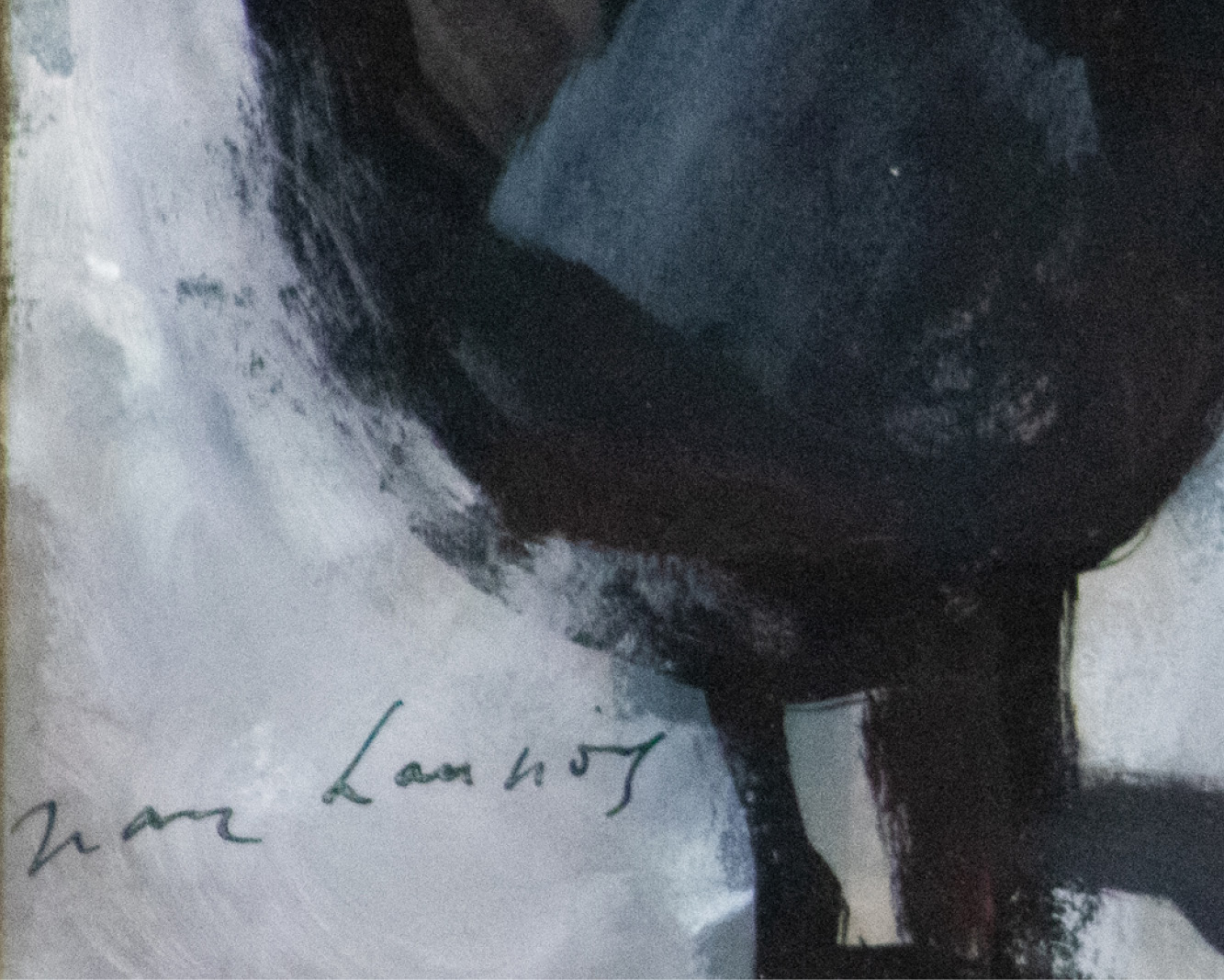Jean Launois

Orientalist art, popular in Western World, despite its appeal, gradually declined by the early 1900s. The style of academic painting associated with it appeared outdated, as new trends like Tonalism, the Aesthetic style, Impressionism, and Post-Impressionism emerged. However, the passion of traveling artists was documenting their journeys to the Middle East and Asia. One of them, Jean Launois, an extremely productive artist, did more than 120 trips to French Far East and created a thousand artworks.
Jean Launois was born 22 November 1898 in Vendée, France, in a family of sub-prefect of Sables d'Olonne. From early childhood, Launois demonstrated talent in drawing. Supported by his parents, he received formal training from Charles Milcendeau and Auguste Lepere. Student of Ecole Julian, at the age of 17, Jean joined WW1. He entered cavalry artillery, saw actions on Western and Eastern Fronts, but got injured and demobilized in 1918.
That year, Jean met Léonce Benedite, the curator of the Luxembourg Palace Museum, and showed him a portfolio of sketches he had made during his military service. Benedite obtained permission from the Deputy Minister of Arts to purchase 12 drawings by Launois for 500 French francs. He also encouraged the young artist to compete for an Algerian scholarship (Bourse de l'Algerie). Jean won a grant that came with a two-year program at the Villa Abd el-Tif in Algiers, (1920–22). The life of Jean Launois took a complete turn. From that time, he devoted himself entirely to art.
“La Villa Abd El Tif: Centre D’Art Vivant En Algerie”. Article by Plaisir de France.
“Voyage a la Kasba” by Gabriel Audisio. 1953. Fragments. Image source: www.drouot.com.
“The Africa where I live is so amazing for an eye that knows how to observe. Everything is new there, as in Lautrec's painting, new, charming, and lively. Most painters, unlike photographers, no longer know how to observe: they are too preoccupied with detail to embrace the whole or surprise it. The eye eats the head, said Ingres. But the head must not eat the eye. Seeing new every time, without preconceived ideas, without memories; separate sensibility from intelligence during this brief struggle that they engage in during a first vision”.
«L’Afrique où je vis, est si étonnante pour un œil qui sait observer. Tout y est neuf, comme dans la peinture de Lautrec, neuf, charmant et vif. La plupart des peintres, à rebours des photographes, ne savent plus observer: ils sont trop préoccupés du détail pour étreindre l’ensemble ou le surprenant. L’œil mange la tête, disait Ingres. Mais il ne faut pas que la tête mange l’œil. Voir neuf chaque fois, sans idée préconçue, sans souvenirs ; séparer la sensibilité de l’intelligence pendant cette brève lutte qu’elles se livrent au cours d’une première vision».














